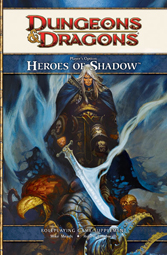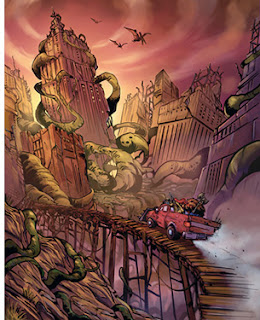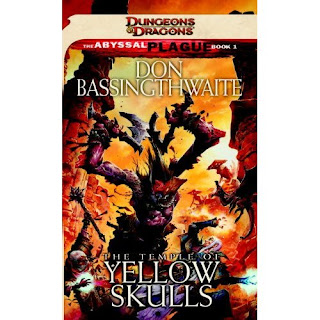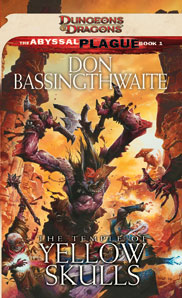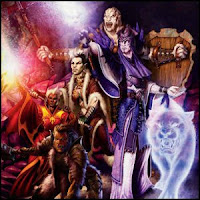The last preview for Heroes of Shadow showcases a bunch of feats. I like a lot of them, but some of them seem very…focused. For example, Legioncaller of Moil gives your summoned shadow critters a bonus to attack rolls and defenses, while Executioner of Undeath lets you reroll any damage dice when attacking undead once. While both are focused, Legioncaller of Moil differs in that you have greater control of how it applies to your characters, as well as when it will be used. With Executioner of Undeath? That depends on what the DM throws at you (as well as, I suppose, your knowledge of what the campaign/adventure will be about).
Another potentially problematic feat is Ghost Scorpion Strike. The compendium lists 264 monsters with insubstantial somewhere in their stat block, plenty of which are in Seekers of the Ashen Crown, Scepter Tower of Spellgard, or other WotC adventures. At least 41 of those are wraiths of some sort, many of which have necrotic resistance and poison immunity. This might be fine for wizards packing disrupt undead or mages with the right specialization to ignore necrotic resistance, but honestly how many of these do you expect to fight? Same goes for Tainted Wounds. Yeah, stripping away healing is all well and good, but there isn’t exactly a plethora of monsters with regeneration (or any other healing abilities).
Despite a handful of feats that will invariably be added to the pile of trap options, there are a few really good ones in the mix. I particularly like Spectral Step, which makes you insubstantial whenever you burn an Action Point. It only lasts a turn, but taking only half damage from basically everything can be a big help when you need to move, or setting up readied actions for area-effect attacks. There’s also entire categories of feats that we only see by name (except for the Revenant Racial, which already exist). Shadowborn and Winterkin feats will give you thematic abilities associated with the Shadowfell. How well they will compete against other options? We’ll see, though many Multiclass feats just don’t seem to cut it nowadays.


